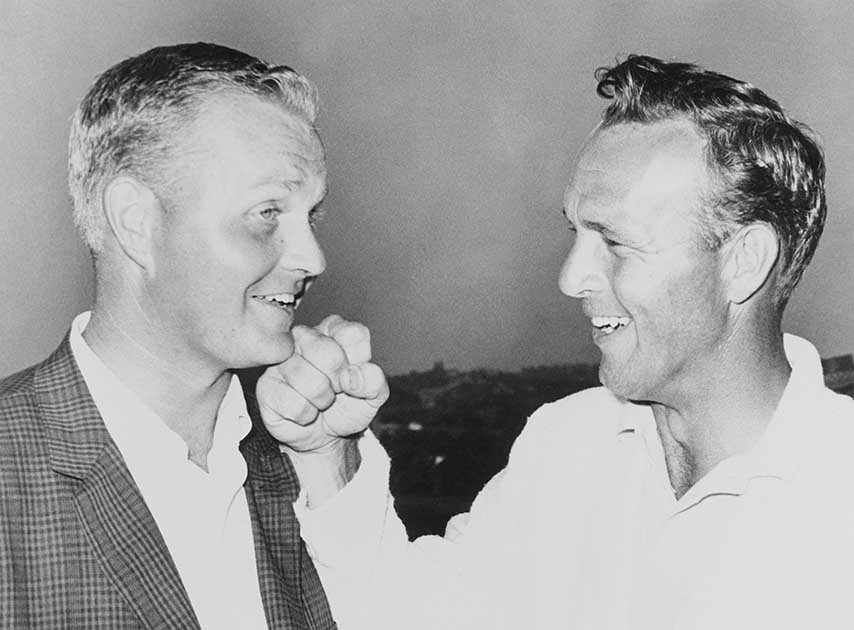In January 58 years ago (1962), the player who would arguably become the greatest male golfer in history, Jack Nicklaus, received his first cheque for playing in a tournament as a professional. It was at the Los Angeles Open, and he finished tied for 50th with two other players. The amount, $33.33, was not a big deal, especially compared with the sum he pocketed just a few months later when he won his first professional tournament, nothing less than the US Open. The Golden Bear entered through the sport’s biggest gateway, and his bank account was swelled by $15,000.
The money, in this case, was of lesser import: the most important thing was his spectacular arrival at the golfing gods’ Olympus. He was 22 years old and his entry was doubly triumphant: he won a play-off against a rival who seemed destined to win: Arnold Palmer himself, The King.

The scene of Nicklaus' extraordinary first professional victory was Oakmont Country Club, in Pennsylvania, a course that was very close to Palmer's house. The King, 32 years old at the time, was unquestionably the real monarch who reigned in American and world golf, and everything pointed to his passing through Oakmont on an inevitable path to victory, especially because that year he had already won the British Open and US Masters, in addition to five other tournaments.
Everyone took pre-tournament pity on poor Nicklaus, faced with the walloping that most likely would be inflicted on him by the imperious Palmer. In fact, The King had already given the Golden Bear a good hiding at the Phoenix Open that same year, finishing 12 strokes ahead of him, even though Nicklaus was second.
Nevertheless, despite the fact that the local golfing parish was following him with great devotion, and he led at the start of the final day by two shots, Arnold could not resist the thrust of a challenger who remained unintimidated by the pressure of the most vociferous fans. After signing for a 69, he obliterated the scoreboard advantage and forced a play-off, both finishing on one-under 283.
The play-off was held on Monday over 18 holes. More than 10,000 spectators roared for Palmer and shouted against Nicklaus, but the Golden Bear did not lose his concentration or golfing magic, and he was four strokes ahead after just six holes. The local hero did not collapse, however, and bounced back before again being belted by his determined rival, who eventually re-extended his lead to three after carding a 71 against Palmer's 74. There the history of the 1962 US Open ended and an amazing career of golfing triumphs began – today the highest number of majors (18) by any player.
IN BRIEF
- For Arnold Palmer, defeat at Oakmont against Nicklaus was the prelude to what would follow in subsequent editions of the tournament: he did not win a US Open again (just the single one in 1960) and he finished second four times in six years.
- Of the 150 players who teed off in the 1962 US Open, just 51 passed the cut, and they included only two previous winners of the major: Gene Littler, the defending champion, and Arnold Palmer, the 1960 winner.
- Apart from the $15,000 prize that came with victory in the tournament, Nicklaus pocketed another $2,500 that the USGA paid from tickets sold for the Monday play-off. Palmer also received that extra payment plus $8,000 as runner-up.




